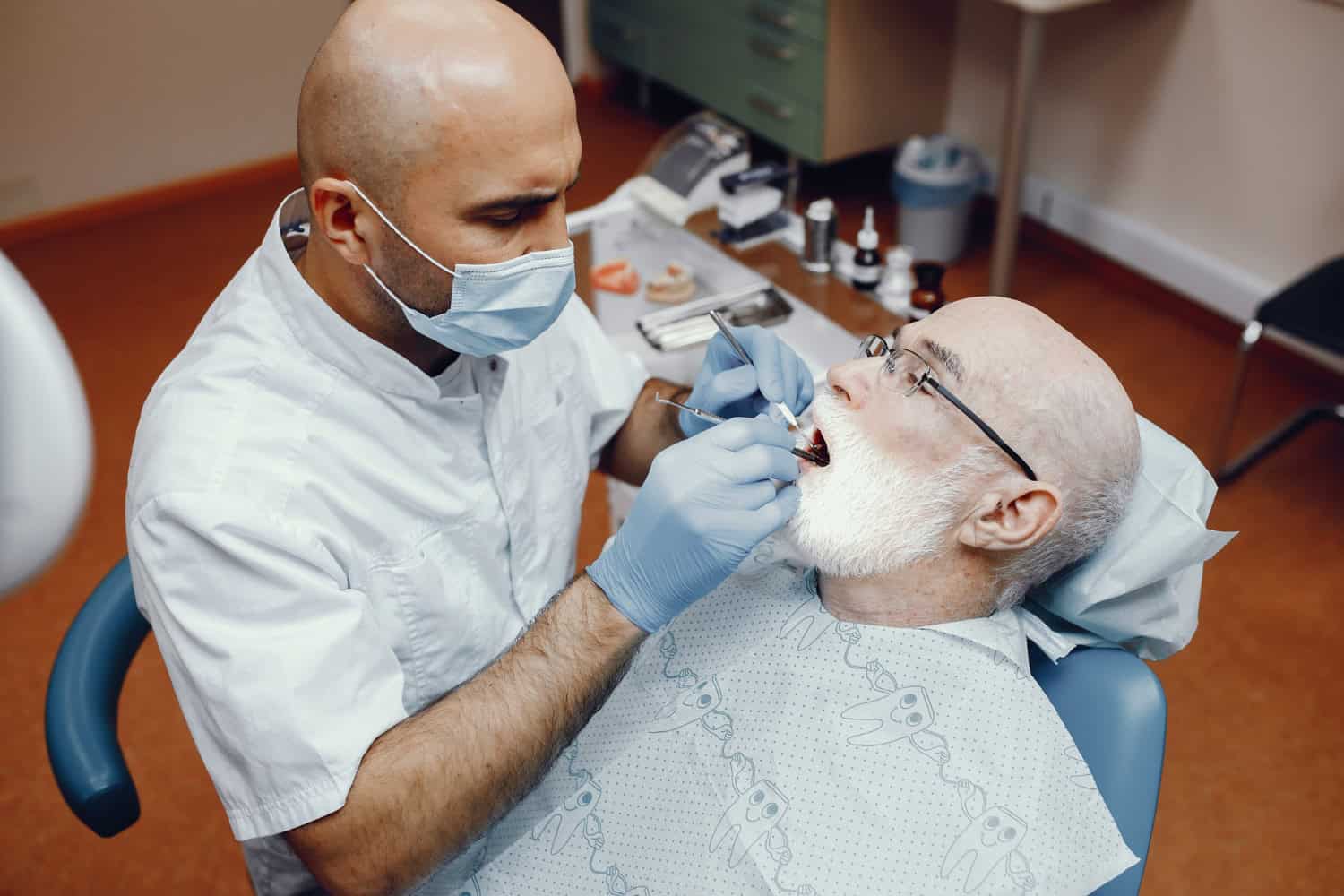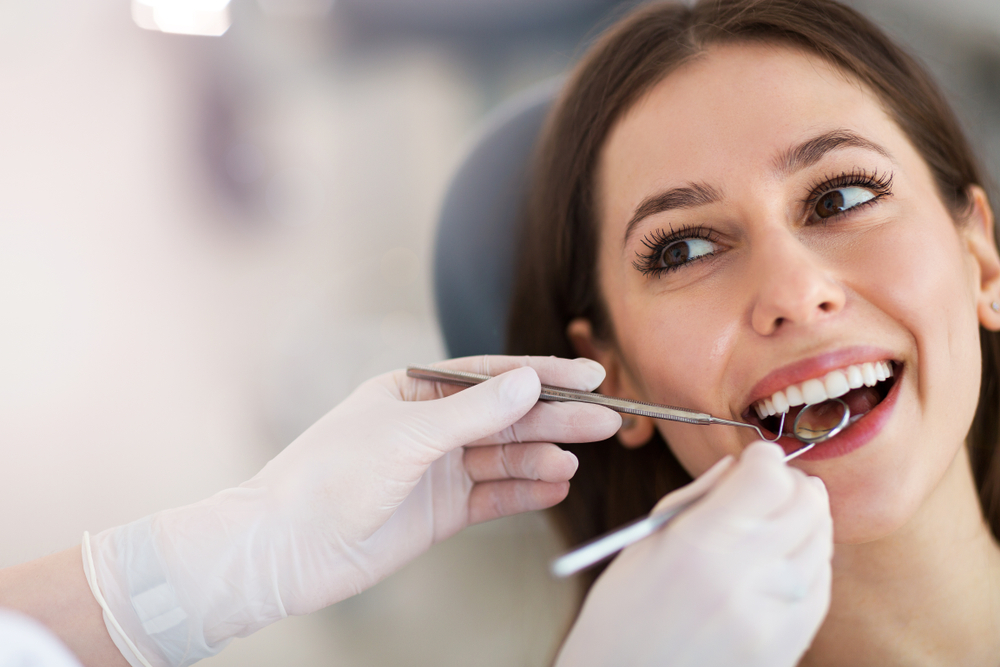Getting a dental bone graft can sound a little intimidating at first, especially if it’s your first time hearing about it. But the process is designed to help strengthen your jawbone so it can support things like dental implants or other dental work. It’s often used when the jawbone has weakened due to gum disease, a lost tooth, or injury. The procedure helps your body rebuild that missing bone over time, creating a strong and stable foundation for your teeth and gums.
One of the most common questions people have is about the recovery process. How painful is it? How long does it take to heal? What should you expect after the surgery? Healing happens in stages, and while the timeline may vary from person to person, there are some common patterns you can look out for. Knowing what to expect going in makes it easier to manage your recovery, follow the dentist’s instructions, and get back to feeling like yourself.
Initial Recovery Stage
The first stage kicks off right after the bone graft surgery. This is when your body starts the work of healing and adjusting to the new graft. It’s also when you’re likely to notice the most discomfort, swelling, and sensitivity in the surgical area. That’s completely normal. Your dentist will likely prescribe medication or suggest over-the-counter pain relief to help manage these symptoms. Ice packs can also be useful for calming swelling during the first 24 to 48 hours.
During this stage, it’s important to take a break from physically demanding activities and focus on rest. The goal is to avoid putting pressure on the graft. Eating soft foods and avoiding hot liquids helps minimize irritation and protects the site. Most people find that the soreness fades within a few days, but swelling might stick around a bit longer.
Here’s what to expect and do during the initial healing period:
– Follow the dentist’s instructions carefully, including using prescribed rinses or avoiding brushing the area directly
– Eat soft, cool foods like yogurt, applesauce, mashed potatoes, and smoothies. Stay away from anything crunchy or spicy
– Avoid using straws. The sucking motion can disturb the surgical site
– Don’t smoke. It can slow down healing and increase the risk of infection
– Stay hydrated and get plenty of rest
This stage usually lasts about a week or two. Taking care of your mouth early on can set the tone for an easier, smoother healing experience.
Early Healing Stage
As the initial discomfort subsides, your body shifts into the next phase. This is when the grafted material starts to bond with your natural bone through a process called osseointegration. You won’t be able to see this happening, of course, but it’s a core part of building up the bone.
You might still notice some mild tenderness, but daily activities will feel easier. Oral hygiene becomes more important now. You’ll want to keep the area clean without irritating it. Brushing around the graft site gently and using salt water rinses, only if your dentist recommends it, can help prevent issues.
There are also a few things you should continue avoiding:
– Hard, crunchy, or chewy foods that could disrupt the area
– Smoking or vaping, which can interfere with bone growth
– Vigorous rinsing or spitting in the first couple of weeks
The early healing period generally lasts several weeks. You’ll likely have at least one follow-up during this time so your dentist can check how things are going. If the graft isn’t integrating as expected or signs of infection appear, adjustments may be needed. But when things are healing properly, this stage is more about patience and sticking with your care habits at home.
Mid-Term Healing Stage
As you move into the mid-term healing stage, usually a couple of months after your dental bone graft surgery, you may notice fewer physical symptoms. The tenderness should be mostly gone, and swelling should have completely subsided. At this point, it’s not just about feeling better. It’s about your body doing the deeper work of bonding the new bone material with the existing jawbone. This process can’t be rushed but plays a big part in the success of the graft.
You won’t feel much happening, but it’s a good sign if everyday activities like chewing and speaking feel more natural again. Don’t mistake this progress as a green light to go back to old habits, though. What you eat and how you care for your mouth still matters just as much now as it did right after surgery.
A few things to continue avoiding during this stage:
– Crunchy and sticky foods that can stress the graft
– Any oral habits like chewing on pens or fingernails
– Skipping follow-up appointments or neglecting oral hygiene
One example could be biting into crusty bread a little too soon and damaging the healing area. While it might seem harmless, that kind of pressure can delay healing or even cause part of the graft to fail. Keeping it simple with soft, nutritious meals is a good strategy.
This stage generally lasts through the third or fourth month after your procedure. Continue sticking to your care routine and don’t make big changes without your dentist’s advice. Progress is steady, and your patience really pays off here.
Long-Term Healing And Final Check-Ups
By the time you’re about five to six months post-surgery, your graft should be stabilizing. This is often the last stage before any follow-up dental work, such as an implant, can begin. While every case is different, most people in Phoenix will enter this stage during the cooler fall months, like October, when the weather isn’t as harsh and staying indoors is easier for recovery routines.
This stage focuses on monitoring the long-term success of the graft. Your dentist may use imaging to confirm that the new bone has fully integrated and is strong enough to support additional procedures. Even if your mouth feels completely back to normal, skipping check-ups isn’t a good idea. Hidden issues can affect progress, and catching any problems early makes them easier to fix.
To protect the results of your surgery, keep these habits going:
– Brush and floss daily, but always with care around the graft site
– Stay away from tobacco products, which can still impact long-term healing
– Don’t skip routine cleanings and exams
By now, most of the heavy lifting is done on your end. If you’ve followed your instructions, managed your recovery well, and kept your appointments, you’re likely in a strong spot heading into the final stretch.
Making Sure Your Recovery Stays on Track
Healing from dental bone graft surgery is definitely a process, but it doesn’t have to be a difficult one. Each stage builds off the last, starting with careful rest and moving into daily habits that protect your new bone. From early swelling to final check-ups, knowing what to expect and sticking with your care plan can help your body do what it needs to do.
Taking it step-by-step makes a big difference. You may have questions or bumps along the way, but that’s all part of recovery. If you’re getting ready for this procedure in Phoenix or are already in the healing stage, keep following the plan your dental team laid out for you. Long-lasting results aren’t built overnight, but with the right care and attention, your graft will be on track to fully support your future dental health.
If you’re planning for a stronger, healthier smile, understanding what to expect during dental bone graft surgery in Phoenix can make all the difference. Anderson Dental is here to walk you through every healing phase with care, guidance, and expert support tailored to your needs.




